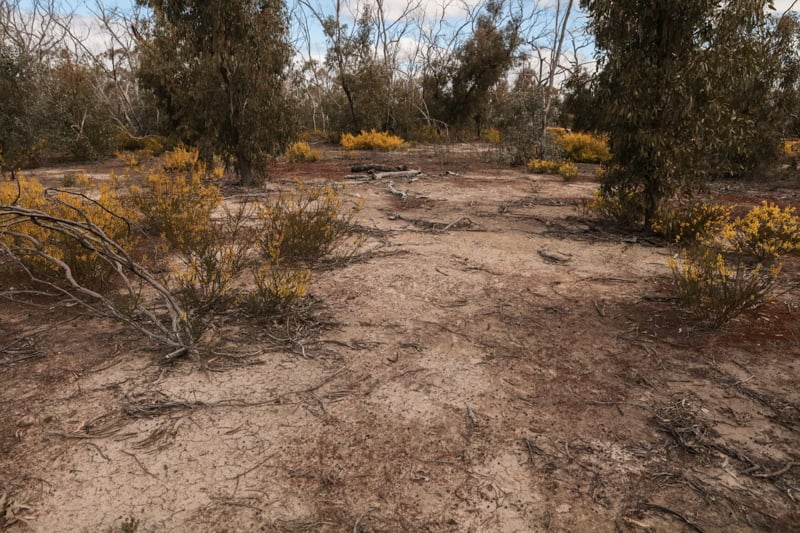Pauline Hanson recently responded to the latest annual Closing the Gap Report.
At the outset, I am not going to call her a racist – that’s a word too often used to elicit an emotive response rather than to engage in serious debate.
She is, however, part of the problem with her opinions based on misinformation.
She sees the issues in the report as unique to Aboriginal communities and Aboriginal people. However, many apply to all remote communities.
Living standards in Aboriginal communities are lower than in most other remote communities, but not by much.
On health, the Closing the Gap Report says “halving the gap in indigenous child mortality rates is not only not on track, it has slipped behind because we are doing better with our non-Indigenous children.”
Senator Hanson made few references to Aboriginal health, except to cite a case of a two-year-old with an STD.
Sexual abuse of any child is not OK in any community but this is an allegation, not a fact.
The Australian Institute of Health and Welfare (AIHW) Review into Living in Remote Areas outlines problems in those areas.
It says: “On average, Australians living in rural and remote areas have shorter lives, higher levels of disease and injury and poorer access to and use of health services, compared with people living in metropolitan areas.
“Poorer health outcomes in rural and remote areas may be due to multiple factors including lifestyle differences and a level of disadvantage related to education and employment opportunities, as well as access to health services.”
On education,. the Closing the Gap Report states: ”In 2018 about one in four Indigenous students in Years 5, 7 and 9, and one in five in Year 3, remained below national minimum standards in reading.
Between 17 to 19 per cent of Indigenous students were below the national minimum standards in numeracy,” so the gap is not improving as fast as the government had hoped for.
Senator Hanson says Aboriginal children wouldn’t go to school and parents wouldn’t make them go, again without evidence.
The Regional Education Expert Advisory Group Report shows that people living in all remote areas have “lower educational attainment rates in school, in Year 12 and in tertiary education.”
The report goes on to say “there is a strong case for further action to improve educational opportunities and outcomes for RRR Australians
Again, does not just apply to Aboriginal communities, but to all regional, remote and rural towns.
The Closing the Gap Report also tells of Aboriginal communities creating employment opportunities through partnerships with local, state and federal governments.
Rather than try to shut down such partnerships, Senator Hanson might want to look at how these initiatives could be properly implemented in all regional, remote and rural towns.
More recently, these communities have been hit by devastating bushfires, with huge losses of life, property and industry.
Reports say that many regional towns now fear that they cannot be rebuilt, and people will be forced to move away.
A Sydney Morning Herald report says: ”Those from rural areas surveyed said they felt less confident about their cash savings, their ability to deal with financial emergencies and their probable standard of living in retirement than they did six months ago.”
This will be more pronounced in Aboriginal communities if Senator Hanson has her way.
It is clear that these issues must be addressed in Aboriginal communities, but what is not clear is how many of these problems also exist in other regional, remote and rural towns, and what the government intends to do about it.
Craig Hill, Vice President of the newly re-formed Australian Democrats
Twitter: @AustDems

